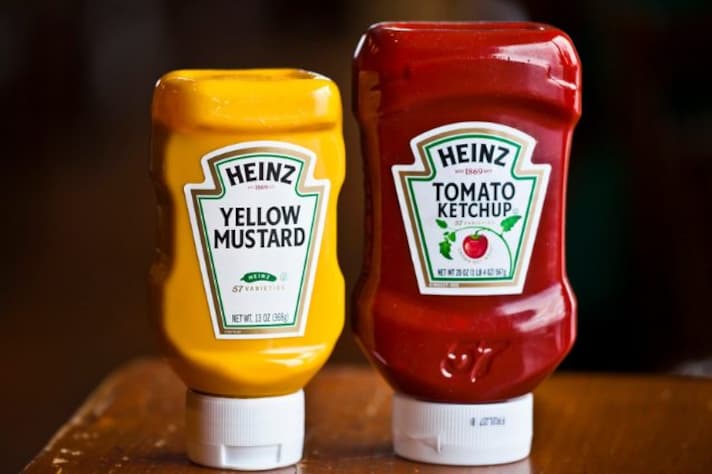
In a dramatic reversal of one of the food industry’s biggest mergers, Kraft Heinz announced on September 2 that it will split into two independent, publicly traded companies by late 2026. The move effectively unwinds the 2015 merger between Kraft Foods and H.J. Heinz, which created the fifth-largest food and beverage company in the world at the time.
The decision comes after years of sluggish performance and strategic restructuring. Since the merger, Kraft Heinz stock has dropped nearly 60%, and the company has sold off major assets like its cheese division and Planters nuts brand in an effort to reduce debt and refocus its portfolio.
What the Two Companies Will Look Like
The split will create two distinct entities, each with its own focus and brand lineup:
- Global Taste Elevation Co. (temporary name): This company will house shelf-stable, globally recognized brands like Heinz, Philadelphia Cream Cheese, and Kraft Mac & Cheese. It will account for roughly $15.4 billion in annual sales, with 75% of revenue coming from sauces, spreads, and seasonings.
- North American Grocery Co. (temporary name): This division will focus on U.S.-based grocery staples like Oscar Mayer, Kraft Singles, and Lunchables, generating about $10.4 billion in annual sales. It will be led by current Kraft Heinz CEO Carlos Abrams-Rivera.

Why the Split?
According to Kraft Heinz’s executive chairman Miguel Patricio, the company’s current structure has made it difficult to allocate capital efficiently and scale its most promising brands. “By separating into two companies, we can unlock the potential of each brand,” Patricio said in a statement.
The goal is to streamline operations, sharpen brand focus, and ultimately deliver better performance and shareholder value. The split also reflects a broader trend in the food industry, where companies are shedding complexity to become more agile and responsive to consumer demands.
What It Means for Consumers
While the names and logos may change, the products themselves—mac and cheese, hot dogs, condiments, and more—aren’t going anywhere. The hope is that the split will lead to better innovation, more targeted marketing, and possibly improved pricing at checkout.
Still, the reorganization raises questions about how legacy brands like Velveeta, Maxwell House, Cool Whip, and Taco Bell-branded grocery items will be distributed between the two companies. For now, Kraft Heinz has not released a full breakdown of brand assignments, leaving consumers and retailers watching closely.
;Resize,width=767;)
